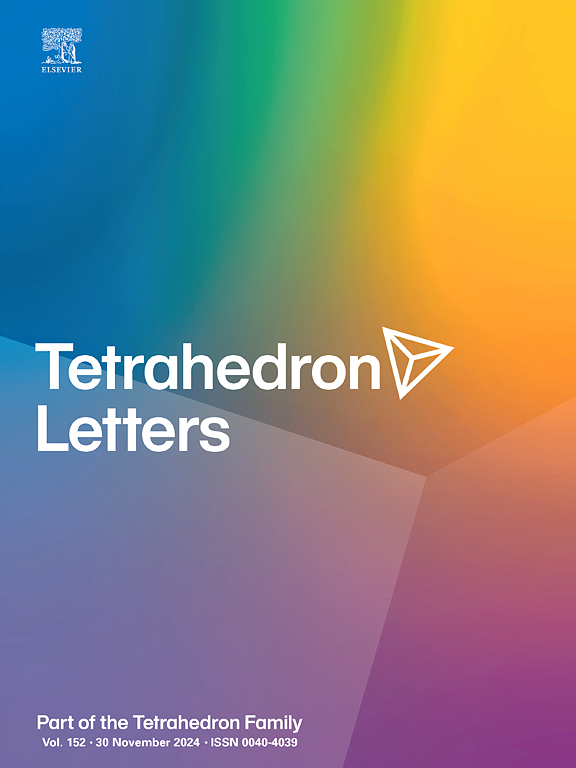Dual-type photodynamic therapy enabled by fluorinated BODIPY-liposome hybrids for enhanced antibacterial efficacy
IF 1.5
4区 化学
Q3 CHEMISTRY, ORGANIC
引用次数: 0
Abstract
The widespread misuse of antibiotics has accelerated bacterial evolution, precipitating a global antimicrobial resistance (AMR) crisis. Photodynamic therapy (PDT) has recently emerged as a promising alternative due to its non-invasiveness, cost-effectiveness and broad-spectrum antimicrobial activity. Boron-dipyrromethene (BODIPY) derivatives constitute a promising class of organic photosensitizers with experimentally verified photodynamic activity. However, conventional BODIPY-based photosensitizers face significant limitations: their inherent hydrophobicity reduces reactive oxygen species (ROS) generation efficiency, diminishes antimicrobial coverage, and may paradoxically promote resistance development. Furthermore, their exclusive production of Type I PDT, without complementary Type II mechanisms, substantially restricts their therapeutic potential. Herein, a series of photosensitizers (PSs) with antibacterial properties was developed by leveraging electron push-pull systems coupled with heavy-atom effects. In addition to enhance the aqueous solubility of photosensitizers, three types were encapsulated into liposomes via the thin film hydration method. Benefiting from sufficient molecular rotors and high electronegativity of fluorine, the developed BDP-F Lips exhibit superior ROS generation capacity under laser irradiation, concurrently producing both Type I and Type II PDT, thereby demonstrating excellent antibacterial efficacy.

双型光动力疗法启用氟化bodipy -脂质体混合物,以增强抗菌功效
抗生素的广泛滥用加速了细菌的进化,引发了全球抗菌素耐药性危机。近年来,光动力疗法(PDT)因其无创性、成本效益和广谱抗菌活性而成为一种很有前途的替代方法。硼-二吡咯甲烷(BODIPY)衍生物是一类具有良好光动力学活性的有机光敏剂。然而,传统的基于bodipi的光敏剂面临着显著的局限性:其固有的疏水性降低了活性氧(ROS)的生成效率,降低了抗菌药物的覆盖范围,并可能矛盾地促进耐药性的发展。此外,它们只生产I型PDT,没有补充II型机制,这大大限制了它们的治疗潜力。本文通过利用电子推挽系统和重原子效应,开发了一系列具有抗菌性能的光敏剂(ps)。为了提高光敏剂的水溶性,采用薄膜水化法将三种光敏剂包封在脂质体中。得益于充足的分子转子和氟的高电负性,所研制的BDP-F Lips在激光照射下具有优越的ROS生成能力,可同时产生I型和II型PDT,从而具有优异的抗菌效果。
本文章由计算机程序翻译,如有差异,请以英文原文为准。
求助全文
约1分钟内获得全文
求助全文
来源期刊

Tetrahedron Letters
化学-有机化学
CiteScore
3.50
自引率
5.60%
发文量
521
审稿时长
28 days
期刊介绍:
Tetrahedron Letters provides maximum dissemination of outstanding developments in organic chemistry. The journal is published weekly and covers developments in techniques, structures, methods and conclusions in experimental and theoretical organic chemistry. Rapid publication of timely and significant research results enables researchers from all over the world to transmit quickly their new contributions to large, international audiences.
 求助内容:
求助内容: 应助结果提醒方式:
应助结果提醒方式:


